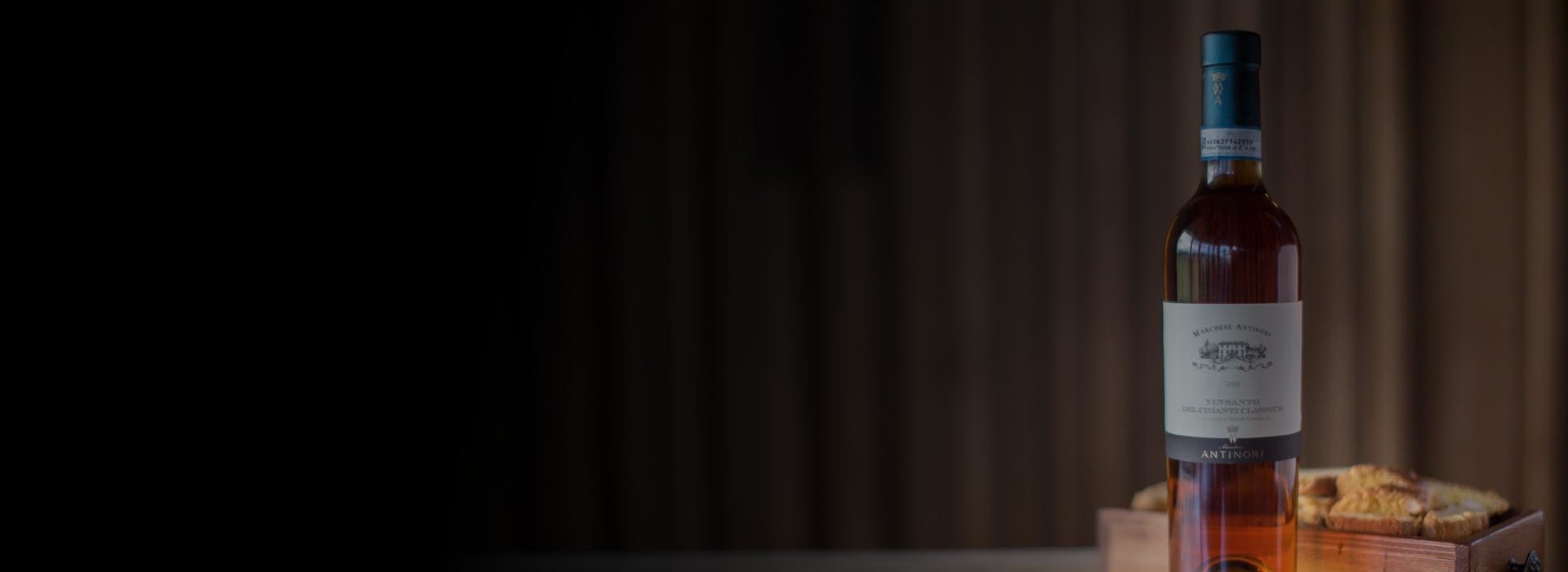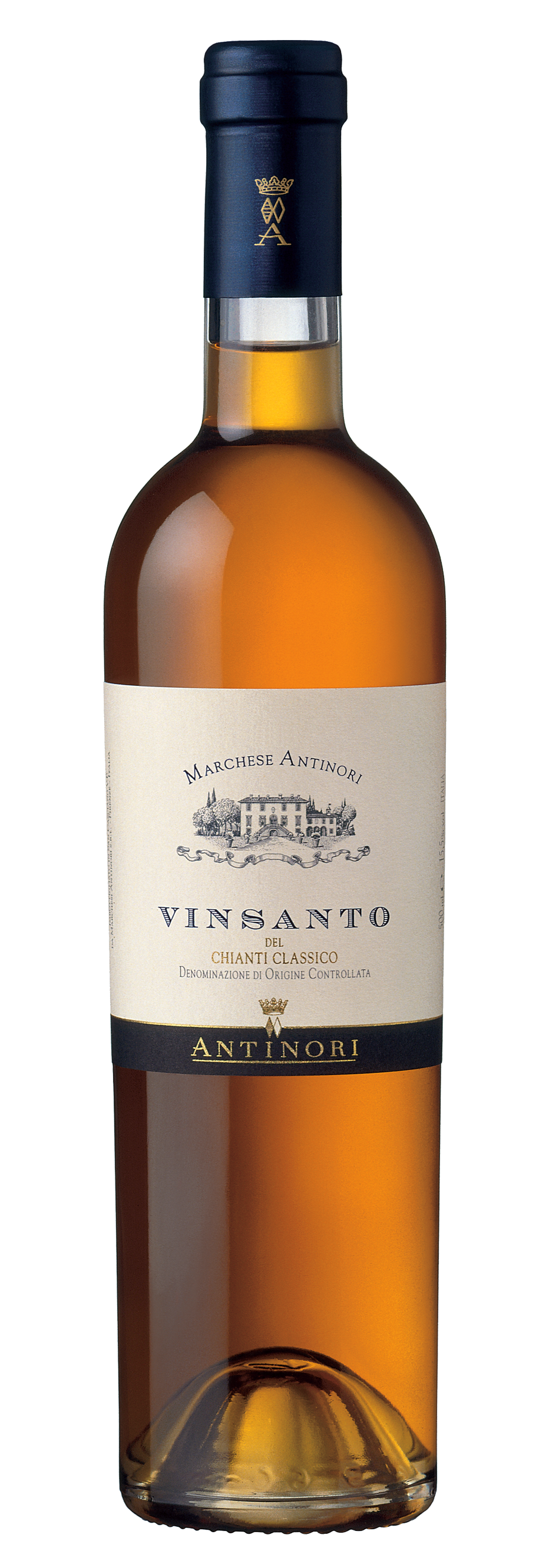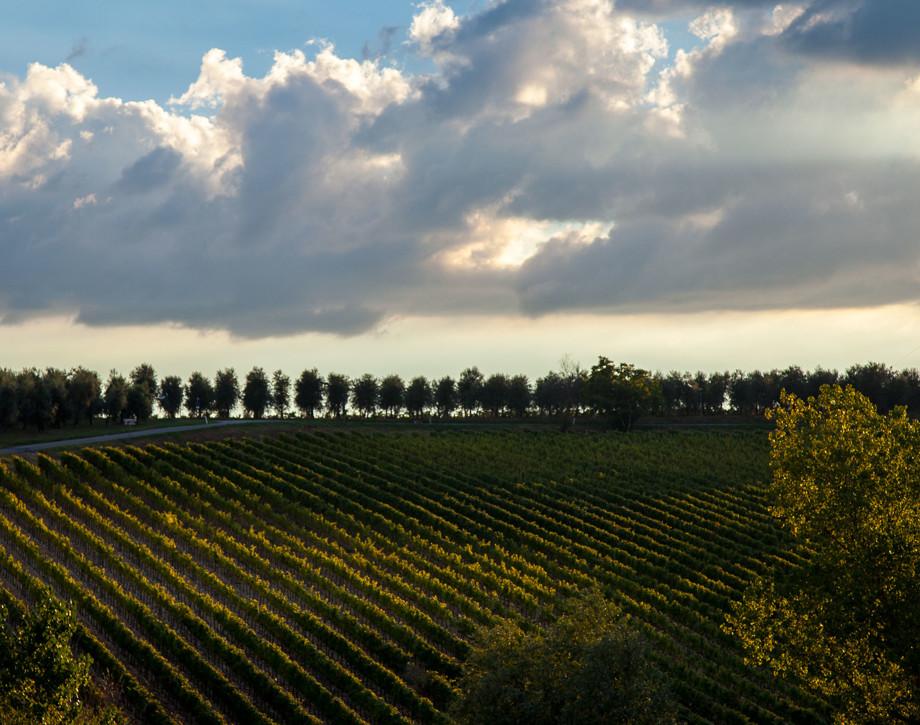Vinsanto Marchese Antinori

Vinsanto
Vinsanto production in Tuscany and in the Chianti Classico region dates back to the Middle Ages. Observing traditional methods and strict production regulations, Vinsanto Tenute Marchese Antinori is produced from selected Trebbiano and Malvasia grapes that are left to dry in a completely natural process requiring time and patience. The resulting wine is intense and pleasing for its generous aromas and soft palate.

Vinsanto
Vinsanto production in Tuscany and in the Chianti Classico region dates back to the Middle Ages. Observing traditional methods and strict production regulations, Vinsanto Tenute Marchese Antinori is produced from selected Trebbiano and Malvasia grapes that are left to dry in a completely natural process requiring time and patience. The resulting wine is intense and pleasing for its generous aromas and soft palate.

Climate
The 2020 growing season in Chianti Classico began with mild dry winter weather, only at the end of March did a cold spell affect the area. These climatic conditions prompted the vines to break dormancy early. Spring saw average rainfall with cool temperatures while the summer months were hot, uninterrupted by extreme heat events, with occasional rain showers that ensured an optimal growth cycle. The first half of September, the most critical period for the ripening phase of grapes for Vinsanto, was dry and sunny bringing perfectly healthy, whole grapes to peak ripeness. The grape harvest took place between September 8th and 10th.
Fermentation and Aging
Grapes for Vinsanto were harvested exclusively from Antinori estate vineyards in the Chianti Classico region. Clusters were carefully selected in the vineyard and placed into small crates; in the cellar they were laid out manually on bamboo mats in the drying room at Tenuta Tignanello. The grapes were left to desiccate until the end of December then were gently pressed to preserve their aromatic and organoleptic qualities. The must was introduced into small casks called caratelli, coopered with different types of wood in sizes varying from 50 to 200 liters where alcoholic fermentation took place. The fermentation process progressed slowly over a lengthy period of time and was then halted. Vinsanto Marchese Antinori was left to age in the caratelli for about 3 years then blended and bottled.
Historical data
The production of Vinsanto in Tuscany goes all the way back to the Middle Ages and the wine is considered a true regional specialty; the Antinori family has always produced it. The first vintage of the Vinsanto Tenute Marchese Antinori (a “natural” Vinsanto, not a fortified wine with alcohol added) was the 1987.
Tasting notes
Vinsanto Marchese Antinori 2020 is amber with golden hues. The nose presents sweet notes of dried apricots, dates, raisins and candied citron that follow over to pleasant hints of almond paste and marron glacé. On the palate, the entry is dense and mouth filling sustained by excellent freshness and sapidity. The long finish is defined by pleasant notes of acacia honey and chestnut flour.

The Specialties Of The Chianti Region
Chianti Classico is the heart of Tuscany not only from a geographical perspective but also due to its historical and cultural importance, its traditions and for its strikingly beautiful territory. Chianti Classico is home to Marchesi Antinori’s historic estates, a family of winemakers since 1385 who have always been passionate about their ancestral territory. The specialty products produced by Antinori, brandy, grappa, Vinsanto, extra virgin olive oil and vinegar, are all remarkable tributes to Chianti Classico’s rich, generous countryside and its authentic production perfected through centuries of agricultural and viticultural traditions.


















